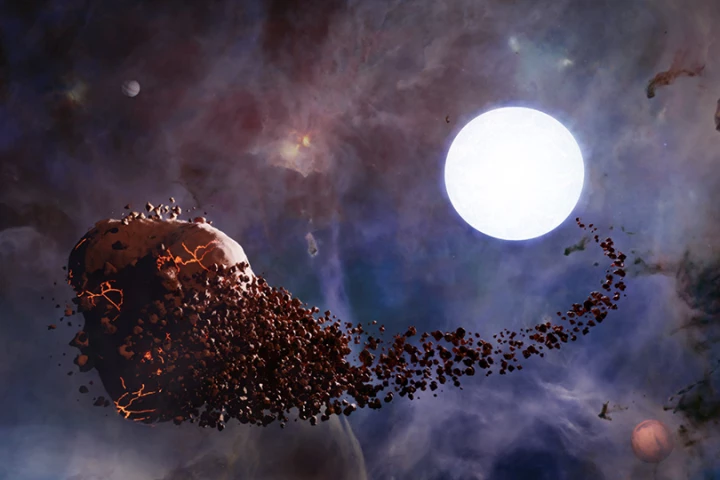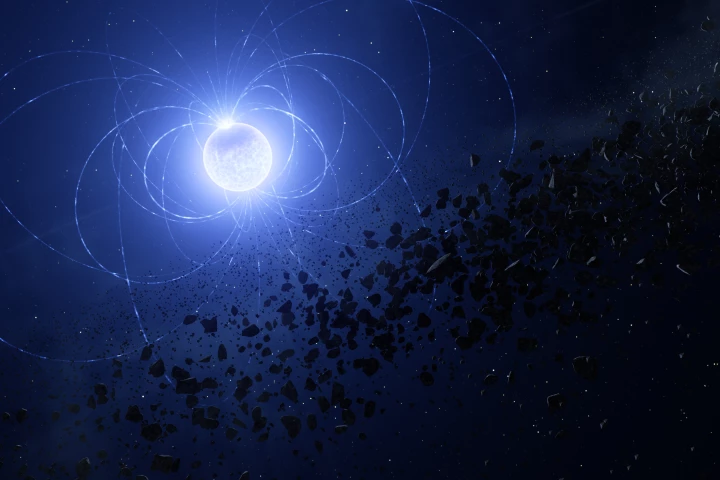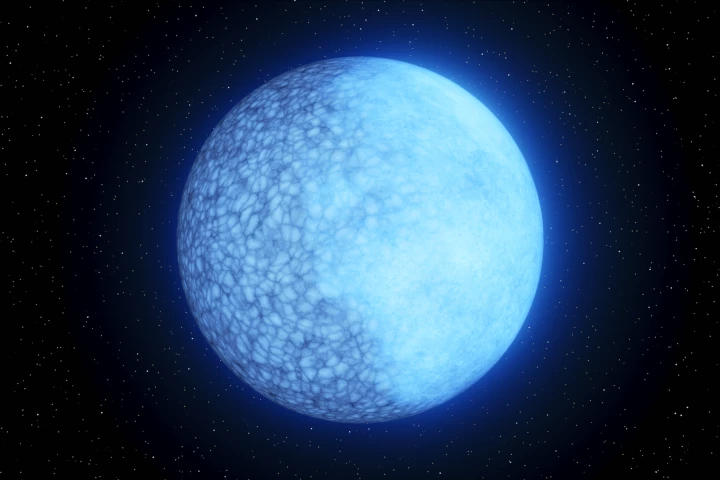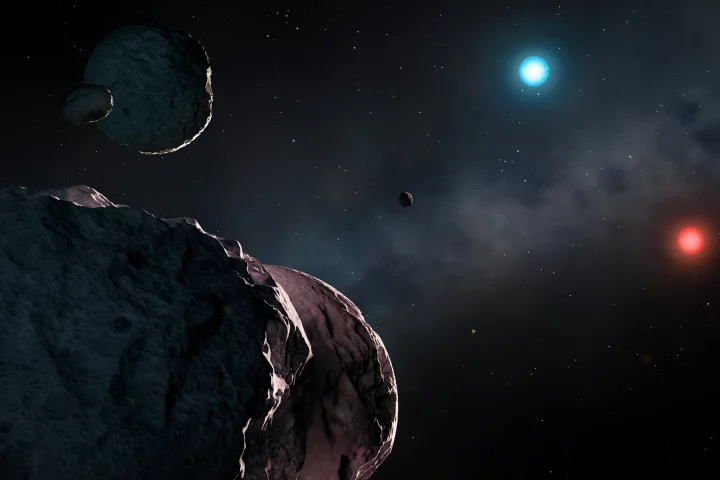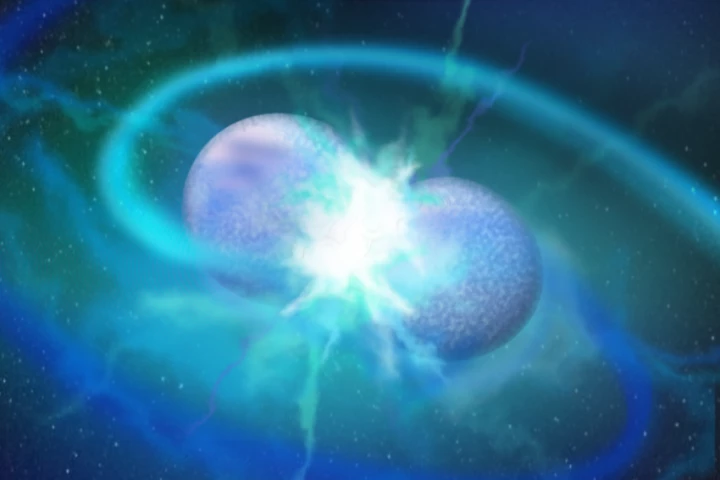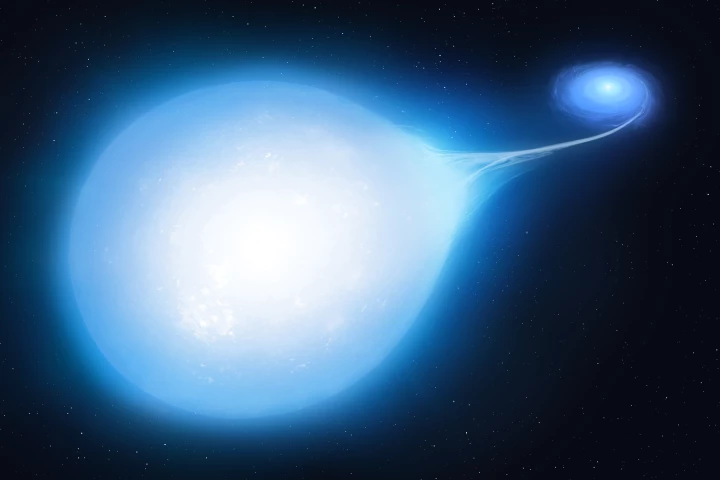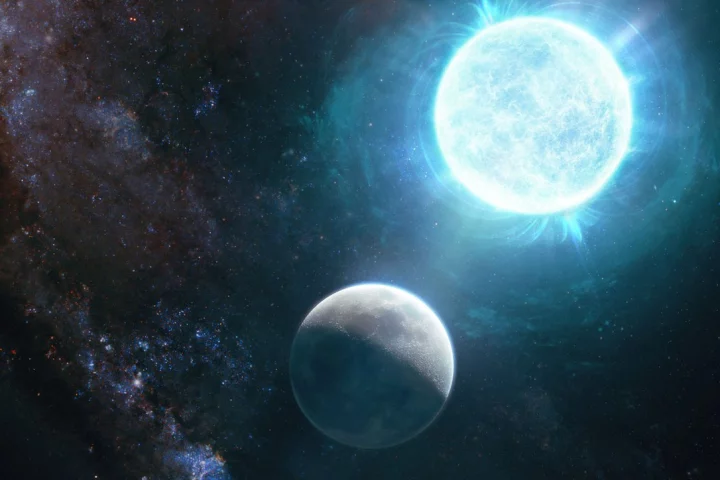White dwarf
-
Astronomers have detected mysterious X-ray signals coming from a nearby white dwarf star for more than 40 years. We may now know where they’re coming from – the death throes of a planet being torn to shreds and raining down on the star.
-
Astronomers have detected a really bizarre radio signal from space that repeats every hour, cycling through three different states. While they have some ideas about its origin it can’t be explained by our current understanding of physics.
-
Sometime this year, the night sky will get a brand new 'star' that will be visible with the naked eye, even in the city. The celestial light show will be the result of an explosive interaction between two neighboring stars that occurs every 80 years.
-
In a few billion years, the Sun will destroy the solar system’s inner planets – and if it’s lucky, it might get a big cool scar to brag about. That’s what happened to a newly found white dwarf, which appears to have a bizarre metal scar on its surface.
-
The ingredients in stars are usually pretty evenly mixed throughout, but now astronomers have discovered a bizarre star with two distinct faces, each made of a different element, which defies explanation.
-
What was once thought to be just one star is actually two. What's more, the two stars are so close that they've broken a record for being the tightest ultracool binary system ever observed, revolving around each other in less than an Earth day.
-
Planets have been born, lived and died long before Earth even existed. Now astronomers have detected the ruins of ancient planets around two unusual white dwarf stars, including an Earth-like world that existed almost 10 billion years ago.
-
A new signal deepens the mystery of fast radio bursts with a few oddities – it hails from an unexpected region of space, and its pulses are about a million times shorter than most, which could indicate many others like it are going undetected.
-
Astronomers have discovered a new type of star, and exactly how these weird white dwarfs came to be remains a mystery. They're covered in a layer of “ash” that’s usually produced by burning helium, indicating they may have formed as other stars collided.
-
Supernovae usually appear suddenly in the sky, but now astronomers have spotted one in advance. The telltale sign is a star with a “teardrop” shape, as it gets stretched out by the gravitational pull of a companion.
-
Astronomers have discovered the smallest but most massive white dwarf ever found. The tiny star is only the size of our Moon, but packs in more mass than the Sun, meaning it’s approaching the theoretical limit of what’s possible without exploding.
-
Astronomers have used computer modeling to reveal the chaotic fate of a distant solar system in which the planets orbit in near perfect synchronization, and in the process shed light on how ancient white dwarfs become polluted with debris.
Load More
